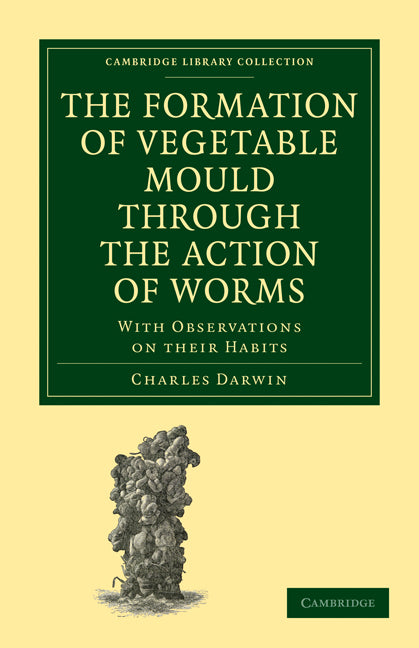Freshly Printed - allow 8 days lead
Couldn't load pickup availability
The Formation of Vegetable Mould through the Action of Worms
With Observations on their Habits
The result of many years of experimentation and observation by Darwin in the open-air laboratory of his own garden.
Charles Darwin (Author)
9781108005128, Cambridge University Press
Paperback / softback, published 20 July 2009
340 pages
21.6 x 14 x 1.9 cm, 0.43 kg
This book, published in 1881, was the result of many years of experimentation and observation by Darwin in the open-air laboratory of his garden at Down House in Kent. As he wrote in his introduction, the subject of soil disturbance by worms 'may appear an insignificant one, but we shall see that it possesses some interest'. He goes on to demonstrate the immensity – in size and over time – of the accumulated tiny movements of soil by earthworms, and their vital role in aerating the soil and breaking down vegetable material to keep the topsoil, the growing medium for all plant life and thus vital to human existence, fertile and healthy. At a time when there is huge interest in growing food organically and without using artificial fertilisers, Darwin's insights are as important, and his descriptions of his experiments as fascinating, as they were in the late nineteenth century.
Introduction
1. Habits of worms
2. Habits of worms–continued
3. The amount of fine earth brought up by worms to the surface
4. The part which worms have played in the burial of ancient buildings
5. The action of worms in the denudation of the land
6. The denudation of the land–continued
7. Conclusion
Index.
Subject Areas: Evolution [PSAJ]


